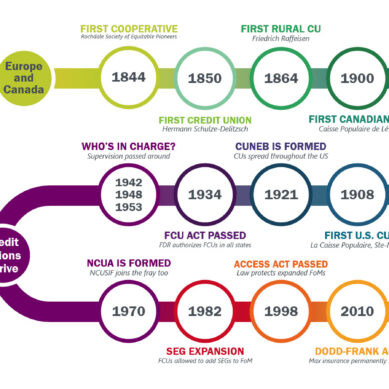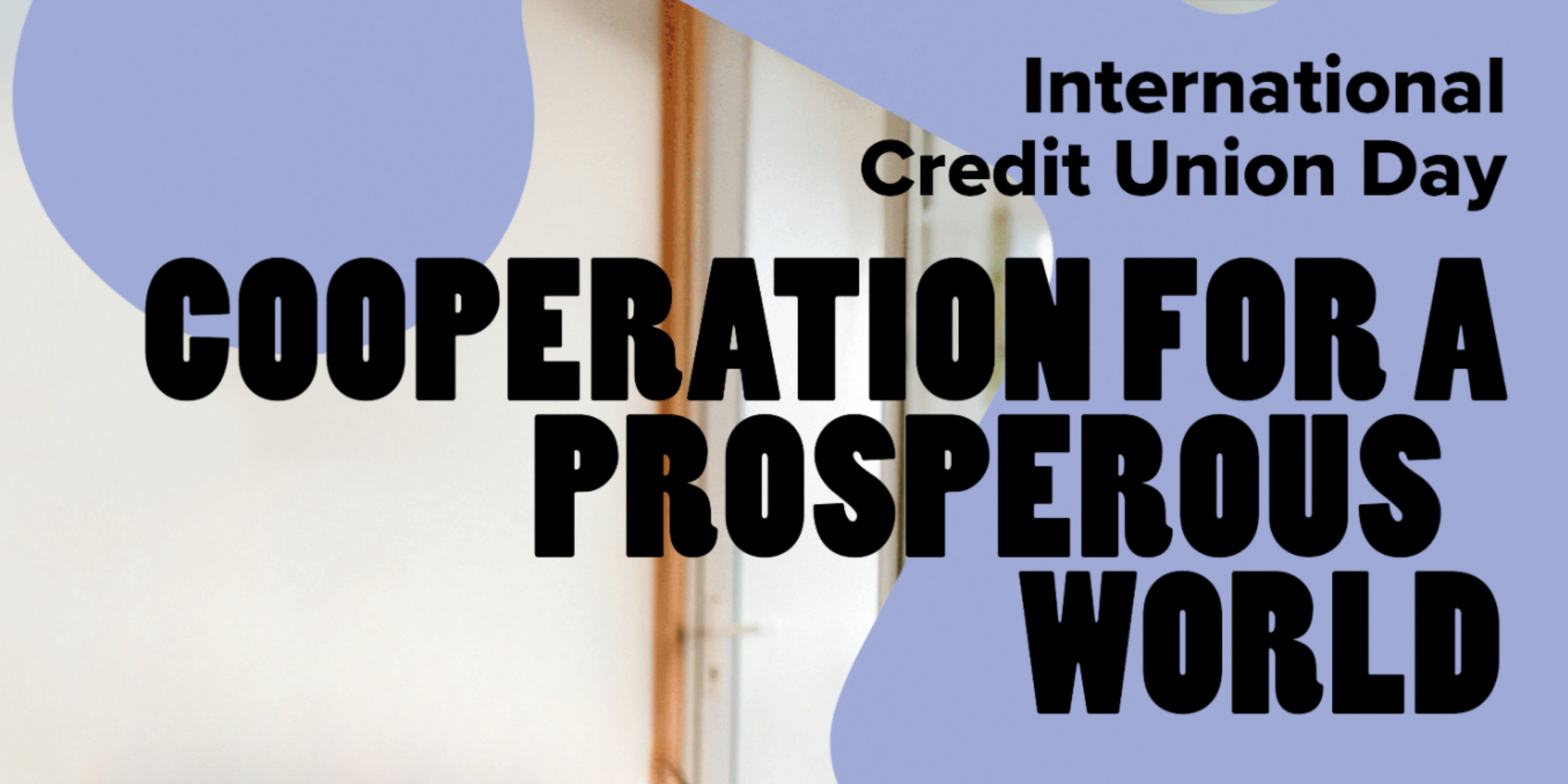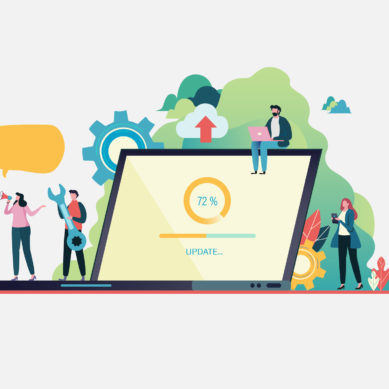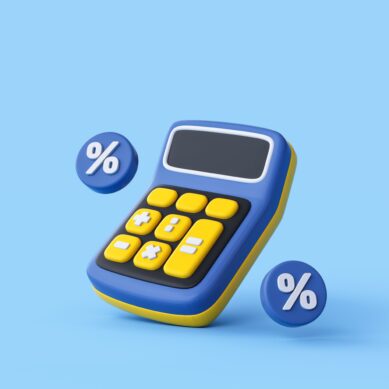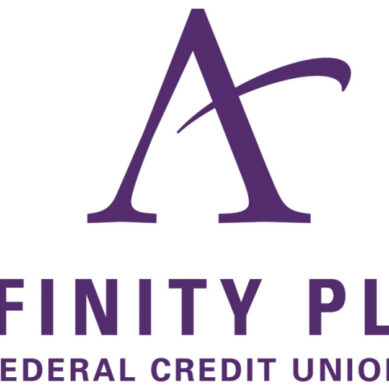The world of coding, especially as it relates to the financial industry, is understandably vast. Don’t let this intimidate you. If anything, it should excite you about all the different entry points it creates for an inquisitive mind!
Learning the language or code behind the software you use in your everyday life (core processing software, online banking, mobile applications, etc.) can help give you a more well-rounded understanding of how it functions in its current state, but also can provide you with insight on future implementations, and grant you the vernacular to properly engage with development teams and explain what end-users are truly looking for.
An underrated aspect of learning coding is that when you have learned one language, very rarely do you need to start over from zero when adding a new coding language to your vocabulary. Generally, most logic functions the same in the major languages, it is the keywords or syntax that may change slightly.
Where to begin
Let’s get rid of the elephant in the room. How does one get started learning programming?
Ask questions internally
Chances are there is at least one person in your department or one nearby who has previous coding experience or is involved with your company’s internal coding process in some way. Your goal here should be to start learning how things connect.
Review online or printed documentation
There are astronomically large online databases for the different programming languages that might interest you (IBM, Python, Javascript, Swift). There’s most likely even a database for software being used by your credit union. Study the documentation provided to get some insight.
Find free learning resources
There are thousands of free seminars, tutorials, or boot camps available for virtual attendance, and for those in more populous areas, there are even in-person sessions you can attend at no cost. Here is a non-comprehensive list of some reputed sources for this information.
CodeAcademy offers a free basic tier course for most major languages. MarkSheet offers free HTML and CSS tutorials. Javascript.com has several free beginner courses available. Last but not least, Khanacademy.org offers 8 free units involving HTML, Javascript, CSS, and SQL. Don’t overlook the thousands of hours of YouTube videos either! Find an instructor or channel that teaches your chosen language!
Employment education assistance programs
Reach out to see if you have any internal programs at your place of employment (programming specific, or even just education assistance). Set a goal and indicate to both you and your company why learning this will bring value to your company.
How to build on your foundation
Okay, so now you’ve gotten your feet wet, but what do you actually do with what you’re learning?
Ask yourself these questions: What is the end goal of the user on a specific screen? Printing a form? Getting an account balance? What program or function is being used to support a specific task for the staff at your company?
Figure out how to apply learning the language to what you are doing in the program. “This program must be accessing this specific file! This must be doing a calculation to return a percentage!” Connecting the dots is what makes the extra work worth it.
How does this help me and my organization?
We have all dealt with the frustration of an application that just doesn’t seem to work the way we anticipate. What if you could put to words what exactly needs to change about this to improve the experience? What if you could envision the exact access points to change it for the better, and could appropriately convey that to the individuals that develop the software?
Your everyday “basic” troubleshooting becomes “advanced troubleshooting,” both for personal use as well as for your members. Furthermore, you can now add one of the more sought-after technical skills to your repertoire when it comes time for that yearly review.
Key points to take home
Notice how each section tells you to ask questions! Be curious. The only bad questions are the ones that you fail to ask. Don’t overwhelm yourself with becoming an expert, but rather use this as an exercise to truly understand the ins and outs of how your organization serves its customers through your software offerings.











